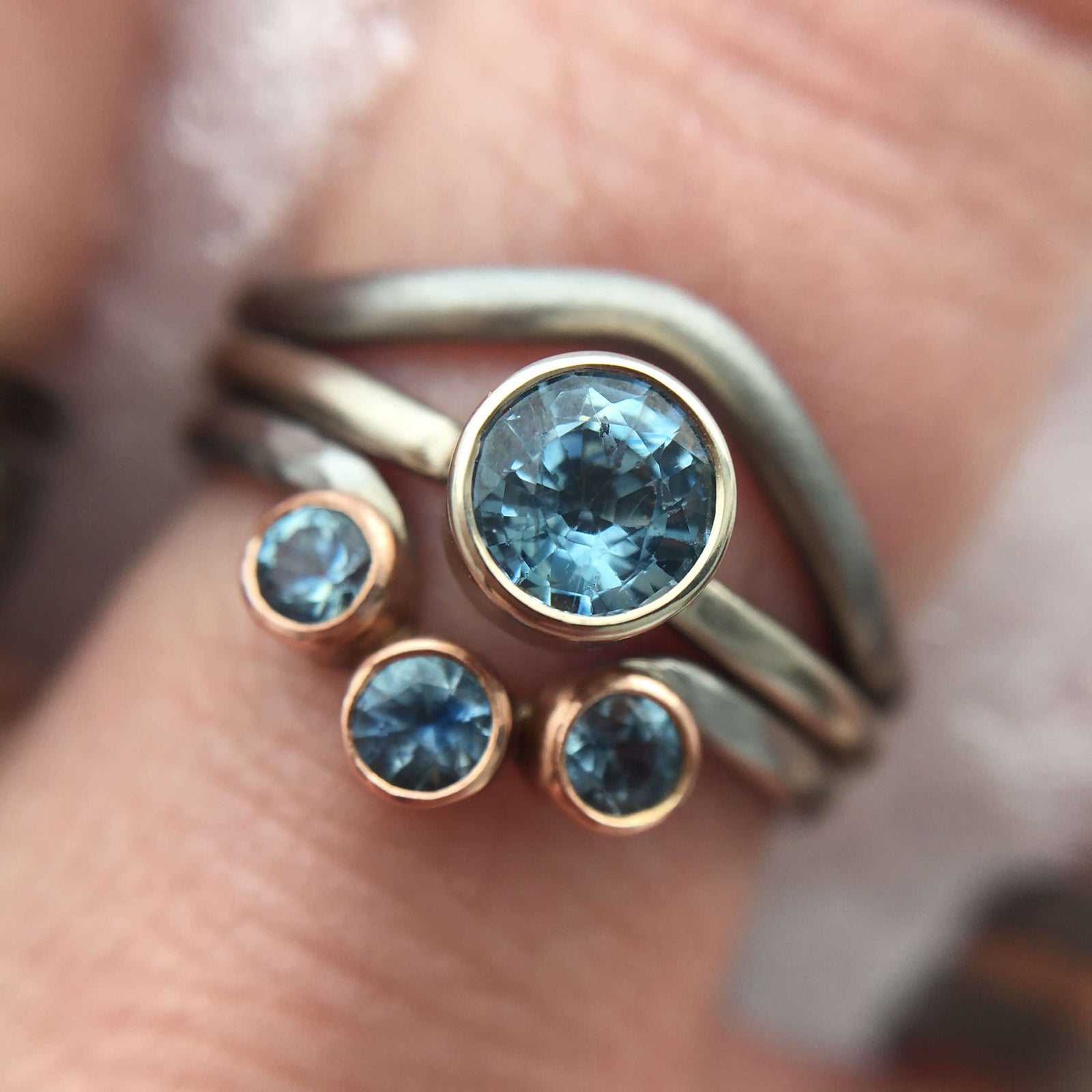Your Cart is Empty
OPEN TODAY, Sat Nov 29th, 11-4pm! EC Design Studio is open Thursdays 12-5pm and Saturdays 11-4pm, or by appointment. Order online and pickup in studio!
OPEN TODAY, Sat Nov 29th, 11-4pm! EC Design Studio is open Thursdays 12-5pm and Saturdays 11-4pm, or by appointment. Order online and pickup in studio!








